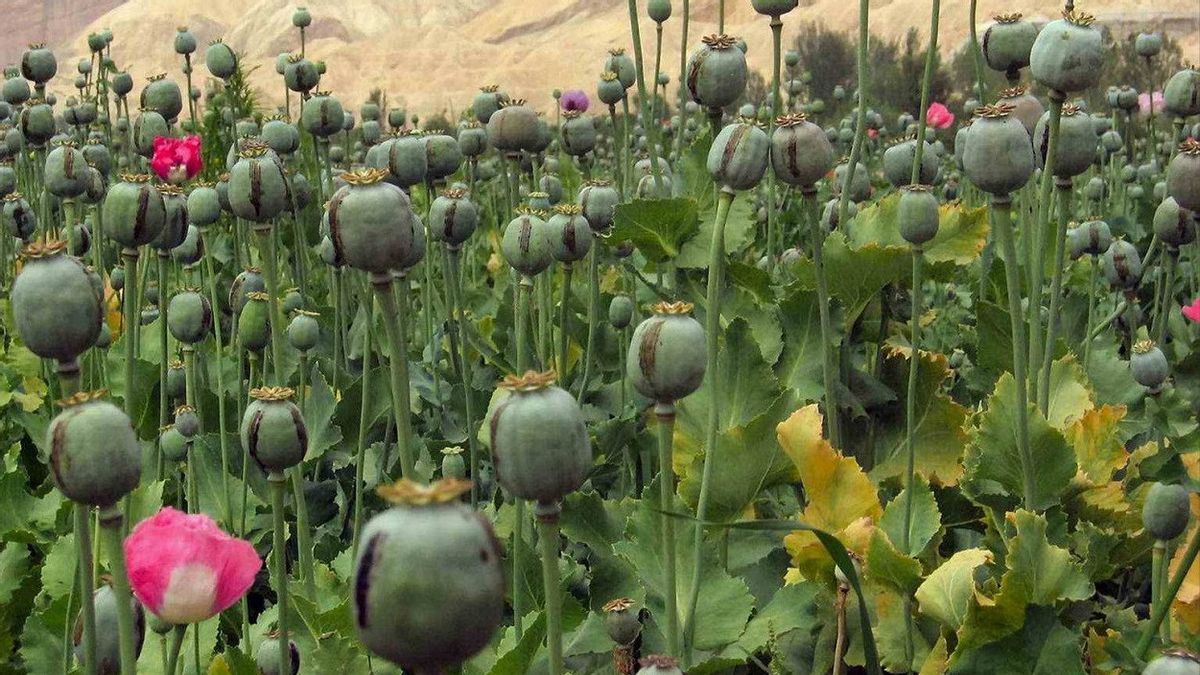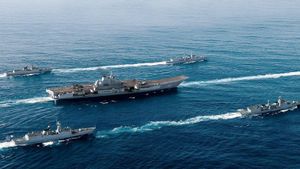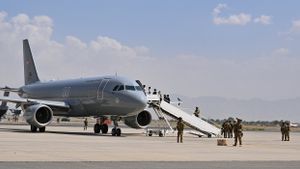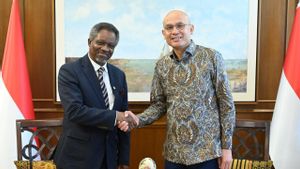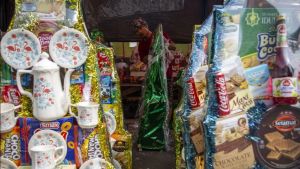JAKARTA - Nearly twenty years of war with the United States and its Allies, followed by the Taliban's takeover of the government last August which announced a possible opium ban, Afghanistan's position has not changed in the global opium trade.
Opium prices in Afghanistan have tripled since the Taliban seized power and announced a possible ban on plants whose sap can be used to make heroin, morphine, and crystal methamphetamine.
Among the signals sent to the international community in a bid to maintain important financial support, as well as international trust, the Taliban said the country would no longer produce narcotics.
But none of that had the impact of an August 17 statement by Taliban spokesman Zabihullah Mujahid that saw rumors of a ban on opium cultivation spreading like wildfire in Kandahar Province, a historic Taliban stronghold, a major opium producer and trade hub.
This condition has actually caused the price of Afghan opium to soar in the market, far from the normal price.
"Buyers are anticipating a shortage of opium, and that's driving up prices," Zekria said, citing Euro News September 30.

In 2000, the first Taliban regime had banned the cultivation of opium as 'haram' (against Islamic law) and reduced production, before being overthrown by the West, which also sought to eradicate it.
But year after year, Afghanistan's opium production remains very high. By 2020, the country will become the world's top poppy grower, producing 6.300 tonnes on 224.000 hectares, according to the United Nations.
The production generates revenues of about USD 2 billion or about 1.7 billion euros in one of the world's poorest countries.
Citing UNODC, Afghanistan's illegal opiates are trafficked to almost every continent in the world, except South America, and are trafficked along three major routes, the Balkan route, the northern route, and the southern route.
Afghanistan's opium boom began in the 1980s when drug dealers capitalized on the chaos following the 1979 Soviet invasion. However, when the United States invaded the country, opium was not a target for operations.
"We are not a drug task force. This is not our mission," US military commander General Tommy Franks said in 2002, citing Corriere.it.
From Afghanistan, opium is then processed either domestically or in neighboring Pakistan and Iran, and then shipped to the main market, the Blue Continent, Europe.

This includes drug cartels such as Camorra, 'Ndrangheta and Cosa Nostra in Italy. Supplying the Russian cartel, the American Cosa Nostra, and all distribution organizations in the US except the Mexicans trying to free Afghanistan from opium (with difficulty, because heroin from Sinaloa is more expensive than heroin from Afghanistan).
In addition, via the Afghanistan-Pakistan-Mombasa (Kenya) route, the Taliban also supplies the Johannesburg cartel in South Africa, another big market. India, Dubai, and Pakistan. Then, the markets in China, Japan, and the Philippines are also trying to be worked on.
Not only that, but Afghanistan's opium is also changing the international supply. Cosa Nostra and Marseillais, which from the 1960s to 2000s imported heroon from Indochina, the golden triangle of Burma, Laos, Thailand, were replaced by supplies from Afghanistan, leaving a market of 1 to 4 percent.
SEE ALSO:
Separately, at his office in Kandahar, one of the provincial officials, Mullah Noor Mohammad Saeed, reiterated that producing opium is prohibited by Islam and bad for humans.
But he was careful not to confirm the impending ban, and also gave the pound to the international community.
"If they are ready to help farmers stop opium, then we will ban it," he said.
The English, Chinese, Japanese, Arabic, and French versions are automatically generated by the AI. So there may still be inaccuracies in translating, please always see Indonesian as our main language. (system supported by DigitalSiber.id)
